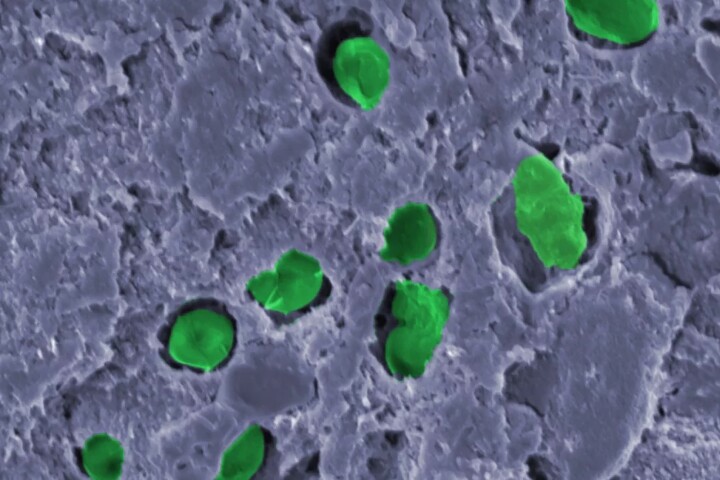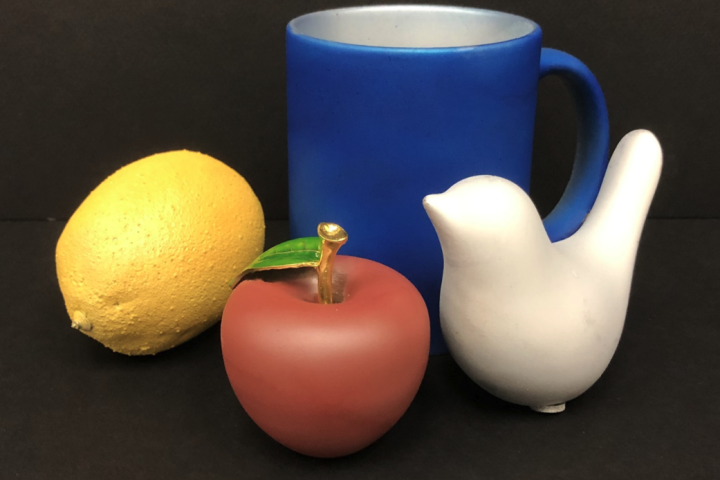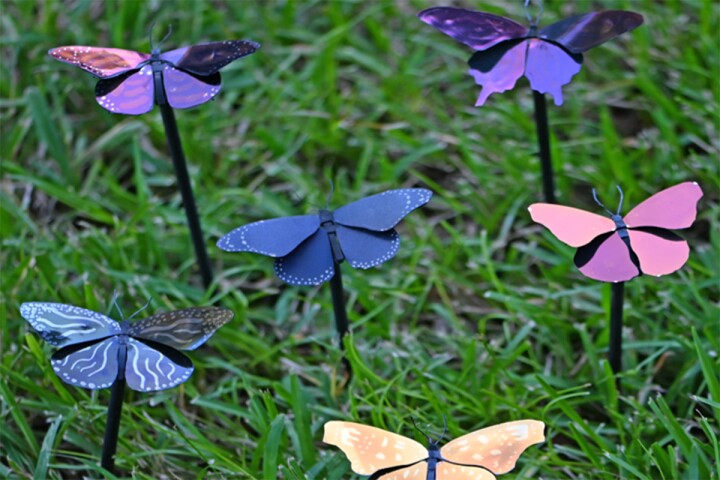Paint
-
Suppose you want to change the color of your apartment's walls, but you don't want to bother repainting them back to their original color before you move out. That's where Unpaint comes in, as it's a paint that can simply be peeled off as needed.
-
Nissan has demonstrated a new automotive paint that can drastically cool a vehicle parked in direct sunshine. Tests have shown that treated cars stay up to 21.6 °F (12 °C) cooler than untreated cars parked side by side.
-
Researchers have created a paint containing living cyanobacteria that produces oxygen and can capture carbon dioxide. The bacteria’s ability to withstand extreme environments means the paint could even be used in outer space.
-
Heating and cooling account for huge portions of our energy consumption. Now scientists at Stanford have created a new type of paint that passively blocks heat from entering or escaping, and can be made in a range of colors.
-
Traditional paint gets it color from synthetic pigments, which fade over time and aren't very eco-friendly. There may soon be a better alternative, though, in the form of a paint which incorporates color-producing nanostructures.
-
Last year, engineers at Purdue University used their expertise in materials science to produce the world’s whitest paint, and have now made some tweaks to the recipe and produced a version that is thinner and lighter.
-
Engineers at Purdue University have been at the cutting edge of reflective paint research for some time, and have just produced the whitest paint ever created, which they say reflects 98.1 percent of sunlight and could be used to keep buildings cool.
-
Researchers have developed a new white paint that can reflect over 95 percent of sunlight, which can cool the surface even lower than the ambient temperature. Painted on a building, the new paint could help cut cooling costs and energy use.
-
When most people picture swarms of collaborating robots, they generally think of applications such as search and rescue operations. A new study, however, suggests that such swarms could also be used to help artists put paint to canvas.
-
Adding “two-faced” nanoparticles could improve paints and coatings. With one face that attracts water and another that repels it, the particles arranged themselves in a flat layer on a painted surface and could make for paint with unusual properties.
-
A team of material scientists from the University of California, Los Angeles is reporting a major advance in the area of reflective coatings for buildings, producing a new kind of super white paint that reflects almost all incoming radiation from Sun.
-
3D printing may indeed allow for the creation of intricate objects, but what happens if you want to apply a coating to all of those nooks and crannies? Well, a newly-adapted technology should let you do so easily, with a minimum of waste.
Load More











